For being such a crucial part of DnD 5E, weapons can be mysterious and confusing. That’s because of weapon properties—extra effects that are added to weapons and change how they work.
Nearly all weapons in 5E have a property of some kind. In most cases, these are huge bonuses that make each weapon unique and powerful. Knowing how each and every property works is important as you grow into a high-level 5E player.
However, there are quite a few weapon properties in base 5E. If you were wondering what a weird one did, or how a complicated one works in reality, we have you covered.
Full weapon properties in DnD 5E
Ammunition
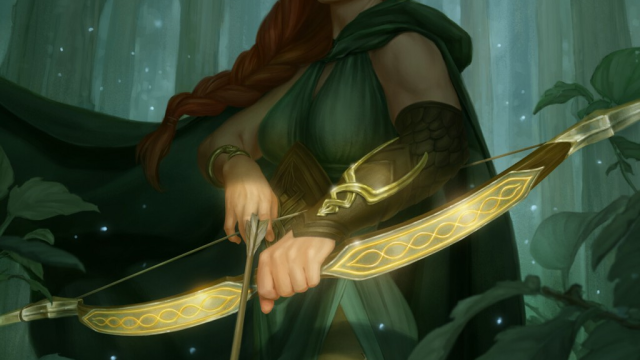
The Ammunition property refers to weapons that require a type of ammunition in order to operate. These ammunition types depend on what kind of weapon they are attached to—bows use arrows, crossbows use bolts, and guns use bullets. Every attack used spends one ammunition of that type, half of which can be recovered after the fight.
This property comes with two ranges in parenthesis. These ranges depict the “normal range” and “long range” of a ranged attack. While an enemy is a number of feet away equal to the first number, you can make attacks on them normally. You can make ranged attacks up to the second number, but if they are beyond the first number, you take disadvantage on the attack.
For example, Timmy uses a Shortbow on an enemy 60 feet away. That attack goes through as a normal ranged attack, spending one arrow to do so. When Timmy shoots at an enemy 100 feet away, he must roll the d20 twice and use the worst result.
Burst Fire
Typically only used during modern campaigns, Burst Fire means that the weapon can either shoot a single-target attack or fire a 10-foot cube. Creatures within this 10-foot cube must make a DC 15 Dexterity saving throw or take the weapon’s damage. Burst Fire spends 10 ammunition from the weapon in question.
The Burst Fire quality is one of the few ways that a martial character can hit multiple targets at once. In addition, Burst Fire is an attack action, meaning that it benefits from Extra Attack. A Fighter can theoretically rip through 40 bullets in a single turn by spraying a room. That’s both hilarious and frightening.
By default, only the Automatic Rifle has this quality in DnD 5E. This is a very rarely used weapon outside of specific campaigns.
Finesse
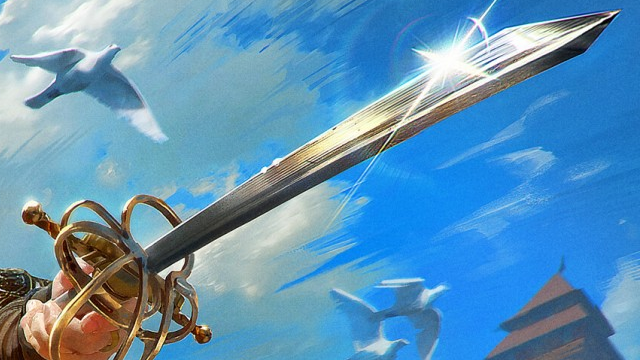
When attacking with a Finesse weapon, you may use Strength or Dexterity for attack and damage rolls. Finesse weapons that are thrown at enemies may also use Strength or Dexterity. This quality is typically given to melee weapons with few other properties outside of Light or Thrown.
You can decide to use different modifiers on each attack if you want to style on your foes. However, you must use the same stat modifier to both attack and damage rolls—no mixing and matching.
Heavy
The Heavy property is strictly negative, forcing Small creatures to attack at disadvantage while wielding a weapon with it.
If you are Small, the only way around this property is to grow in size. This is an aggravating property that is often written out of tables, since it only penalizes fun builds like Gnome Barbarians with Greataxes or Halfling Rangers with Longbows.
Weapons with the Heavy property have large damage dice and are often optimal for high-damage builds. Be sure to check what your weapon of choice is before picking it up as a Small character because permanent disadvantage is absolutely not worth a larger damage dice.
Light
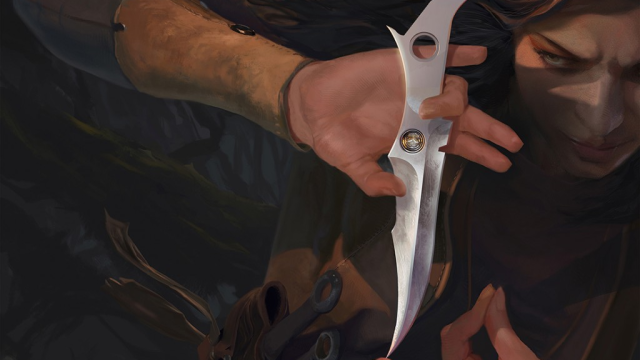
A Light weapon can be used while two-weapon fighting, also known as dual-wielding. Unless you are wielding two light weapons, you cannot swing an off-hand weapon—without the Dual Wielder feat, of course.
These weapons tend to have smaller damage dice, usually around the d4 to d6 range. This is to compensate for being able to two-weapon fight with them, but this small damage die makes them poor weapons for any other situation. Try to avoid using these unless there aren’t better options, as is the case for Druids who don’t want to use Shillelagh.
Loading
A weapon with the Loading property usually has the Ammunition property and can only be shot once per attack action, even if you could normally attack more than once. For example, a level five Paladin can’t attack twice with a Heavy Crossbow in the same attack action, even if they had an effect like Haste or a bonus attack action. Once the Loading weapon is shot in a turn, it can’t be shot again without help.
In order to ignore the Loading quality, a character would need Crossbow Expert, a solid feat that also allows you to shoot a Hand Crossbow as a bonus action. The Artificer Infusion Repeating Shot also lets you ignore this annoying property.
Reach
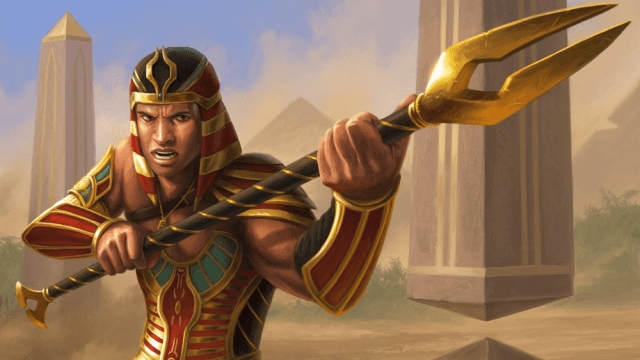
A weapon with Reach can make attacks from five feet farther than a creature’s natural range. For example, a Human Warlock with a Glaive can attack an enemy that is 10 feet away when making the Attack action or when taking an opportunity attack. They can attack any square within their range without penalties, so that same Human Warlock can still attack five feet away without penalty.
Any effect that causes the character to gain additional reach stacks with the Reach quality. The Bugbear’s Long-Limbed ability can let them gain 15 feet attacks while wielding Halberds or Pikes.
This style of weapon is excellent for locking down areas with the Sentinel feat. Many of them are also part of the Polearm Master group of weapons, making them natural fits for both defensive and offensive martial builds.
Reload
A weapon with the Reload property must be refilled by using an action or bonus action after a certain number of attacks. This property will typically have a number in parenthesis after it, denoting how much ammunition the gun can spend before needing to reload.
For example, the Revolver has “Reload (Six shots).” That means, after six attacks, you have to spend an action or bonus action to attack with it again.
This is a property of firearms. Very few weapons in 5E have this trait, and the weapons that do are usually in modern or futuristic campaigns. In those scenarios, it is almost always better to reload as a bonus action. But, sometimes you really need to Misty Step.
Thrown
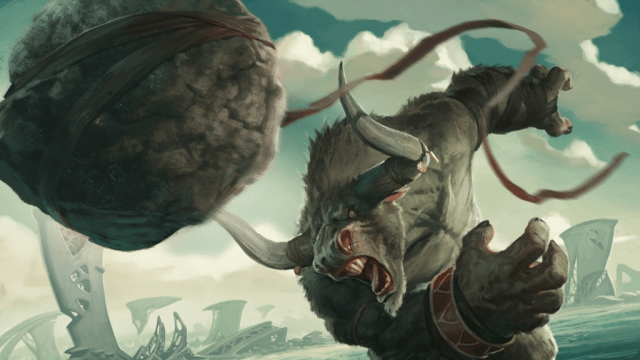
A Thrown weapon can be tossed from the hand to target a nearby enemy, using the same modifiers to attack and damage that a melee attack would have. The weapon leaves your hand and flies at the enemy. It then clatters to the ground in the enemy’s space.
All Thrown entries come with two numbers in parenthesis: the first is the “normal range” and the second “long range.” A thrown attack that targets an enemy within the first number in feet is made normally. An attack that targets an enemy farther than the first number but within the second can still be made, but naturally has disadvantage.
In order to throw multiple weapons in a turn, a character would need multiple weapons in hand. Since you’re only allowed to interact with your inventory once per turn for free, you can only realistically throw one weapon per turn.
However, it is possible to build for this weapon type. The Thrown Weapon Fighting fighting style allows a character to draw a weapon at the same time they throw it. Weapons that return to the hand after being thrown, like the Dwarf Thrower, allow you to make multiple attacks with the same weapon in a round, more permanently solving things for a thrown weapon build.
Thrown Weapons are also considered to be melee or ranged, depending on their type. A Melee Thrown weapon can be used for melee attacks without issue. A Ranged Thrown weapon cannot be used to make melee attacks and must be thrown—using Dexterity—to be effective.
Two-Handed
A Two-Handed weapon must be held in two hands while making attacks with them. If held in one hand, you cannot swing it. However, it can be held in one hand when not attacking just fine. Swapping your grip doesn’t take an action and does not force you to use your inventory action.
For example, if you were holding a Greatsword but wanted to get a potion out of your pocket, you could shoulder your weapon and get your potion without an issue. But, while you held the potion, you could not swing the Greatsword and make effective attacks with it. You would need to free up the hand by either stowing the potion next turn, throwing it out of your grip, or having someone take it from you.
Versatile
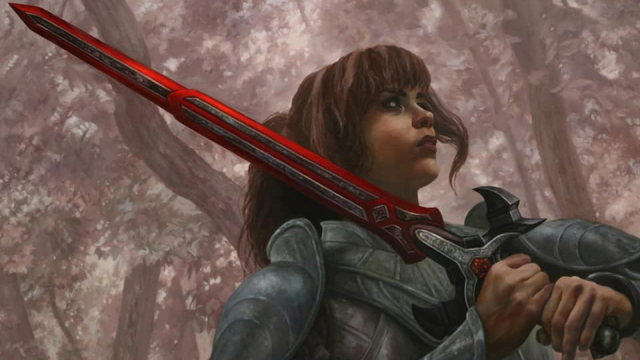
A Versatile weapon can be held in two hands to deal additional damage. Use the weapon’s normal qualities while it is held in one hand, and increase it to the damage dice in the parenthesis while held in two hands.
For example, if Nini the Halfling Fighter holds a Longsword in one hand, it deals 1d8 damage. If she swapped to a two-handed grip, then it instead deals 1d10 base damage.
As we mentioned in the Two-Handed property entry, you can swap your grip on your Versatile weapon for free. As long as your other hand is empty, there’s nothing stopping you from holding a Versatile weapon in one or two hands.


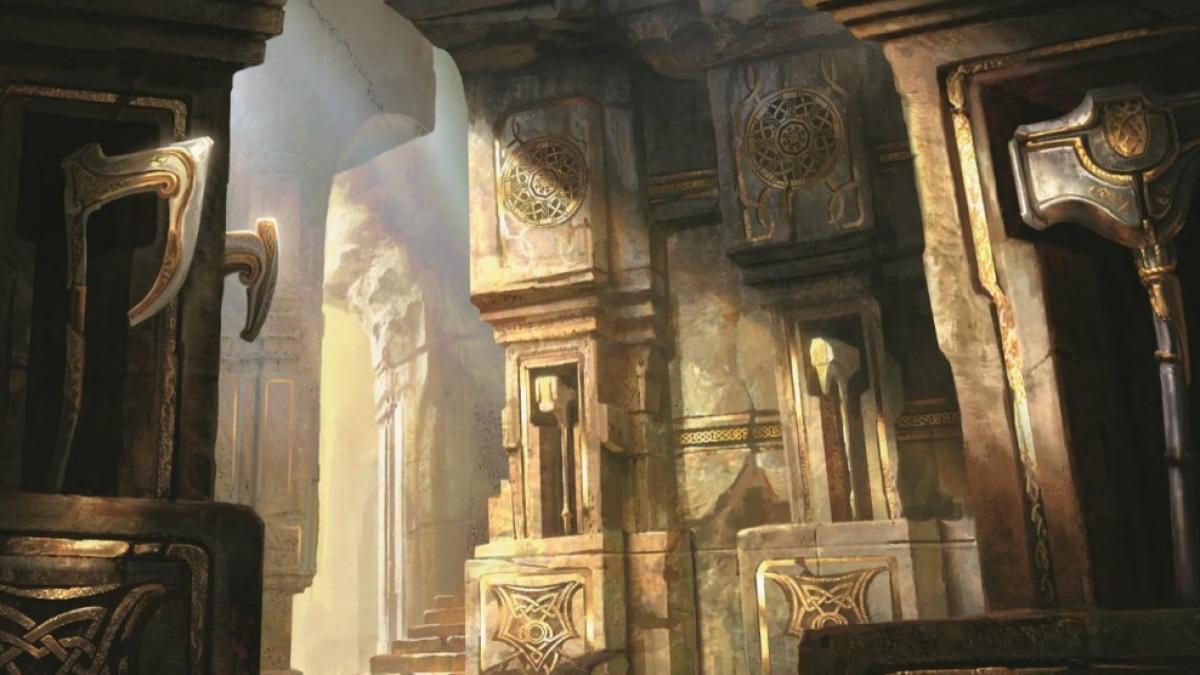

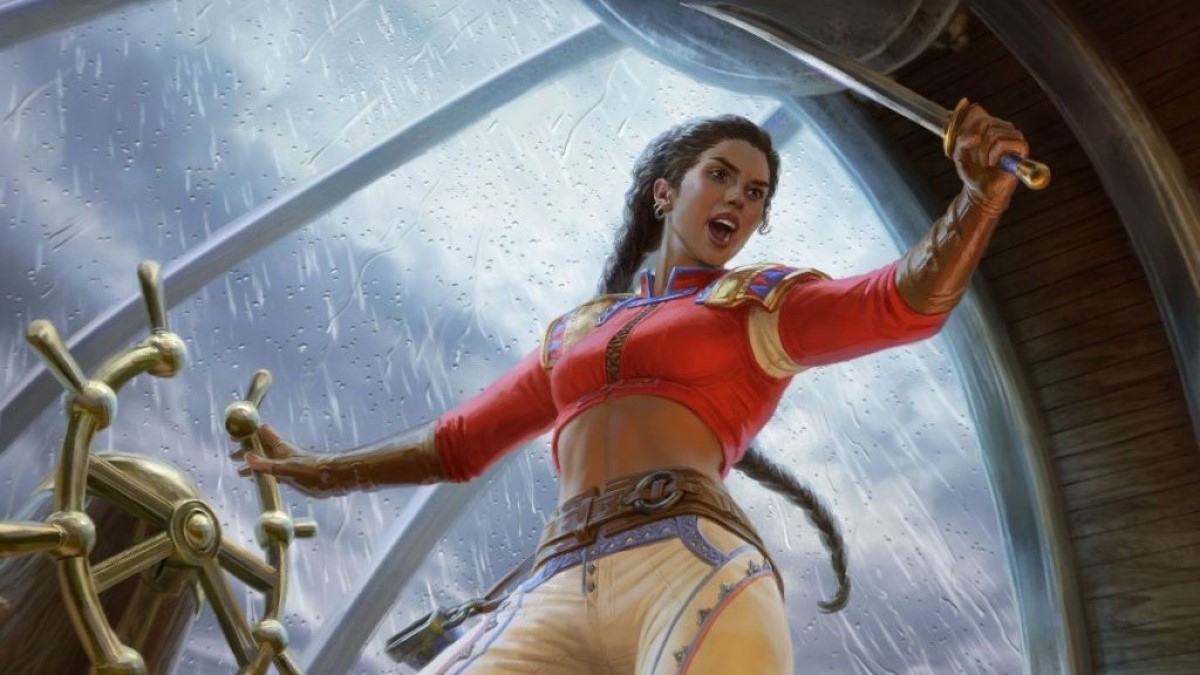
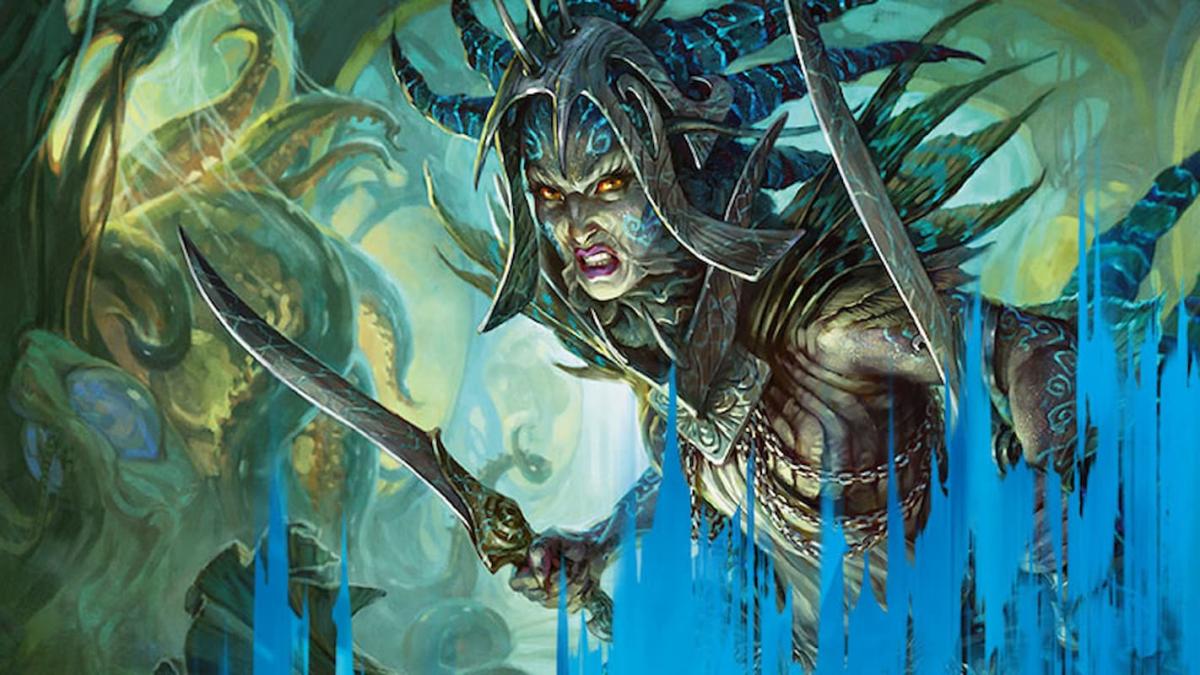
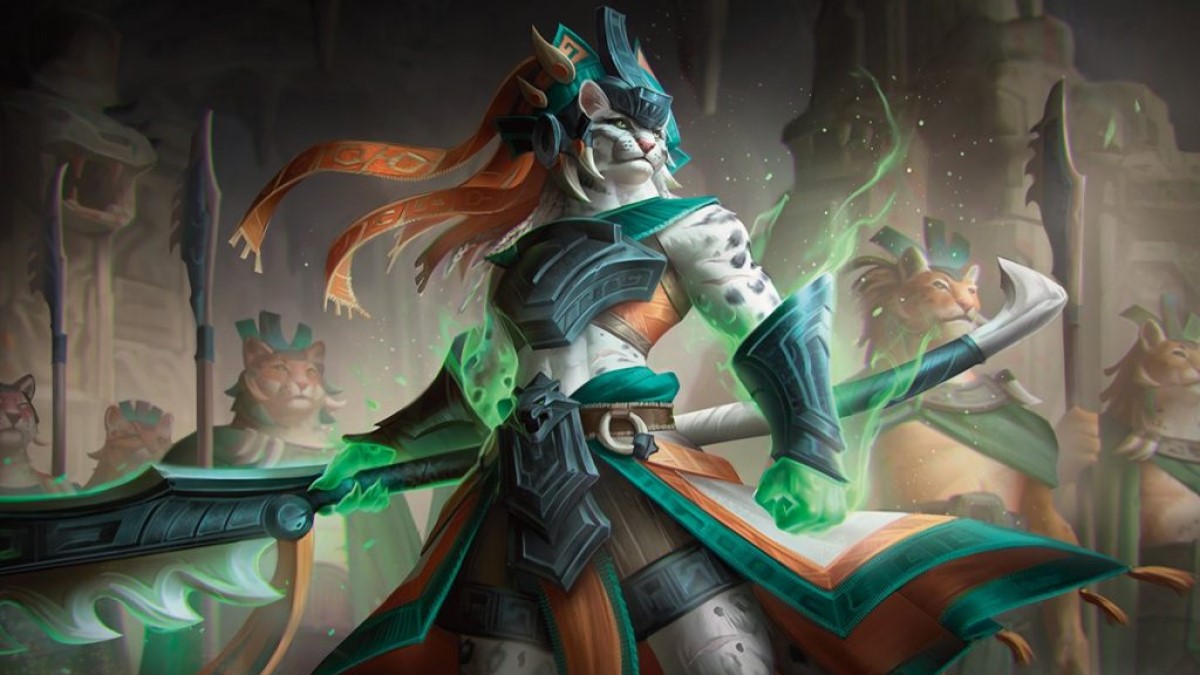
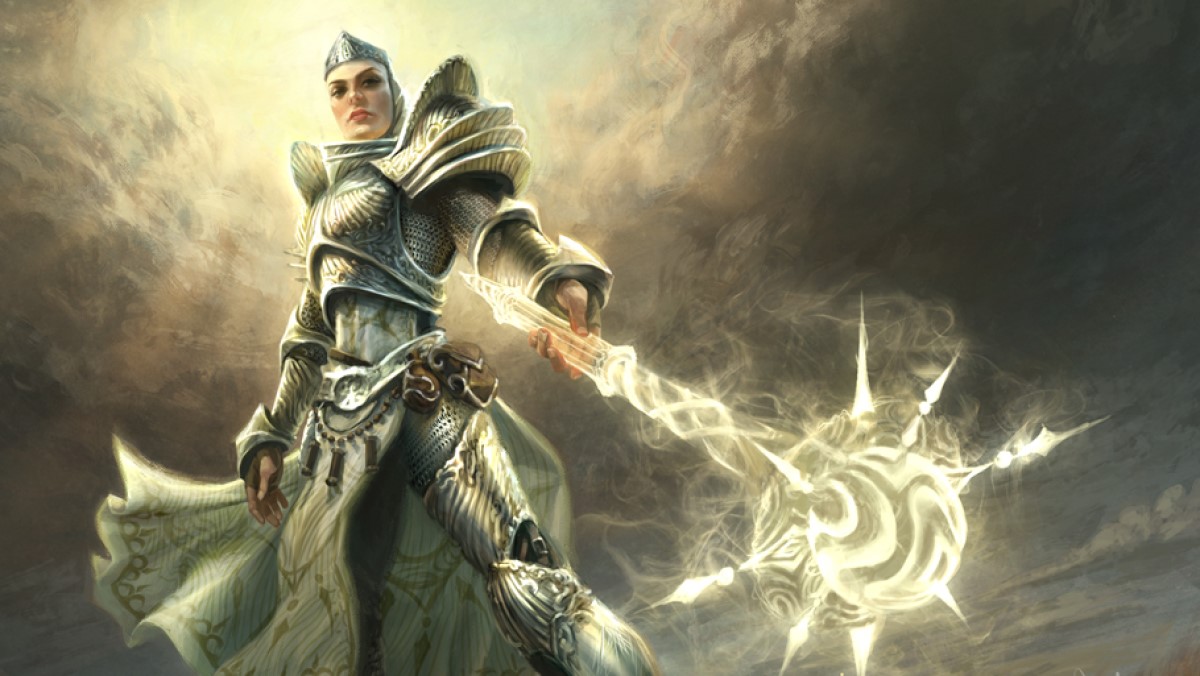

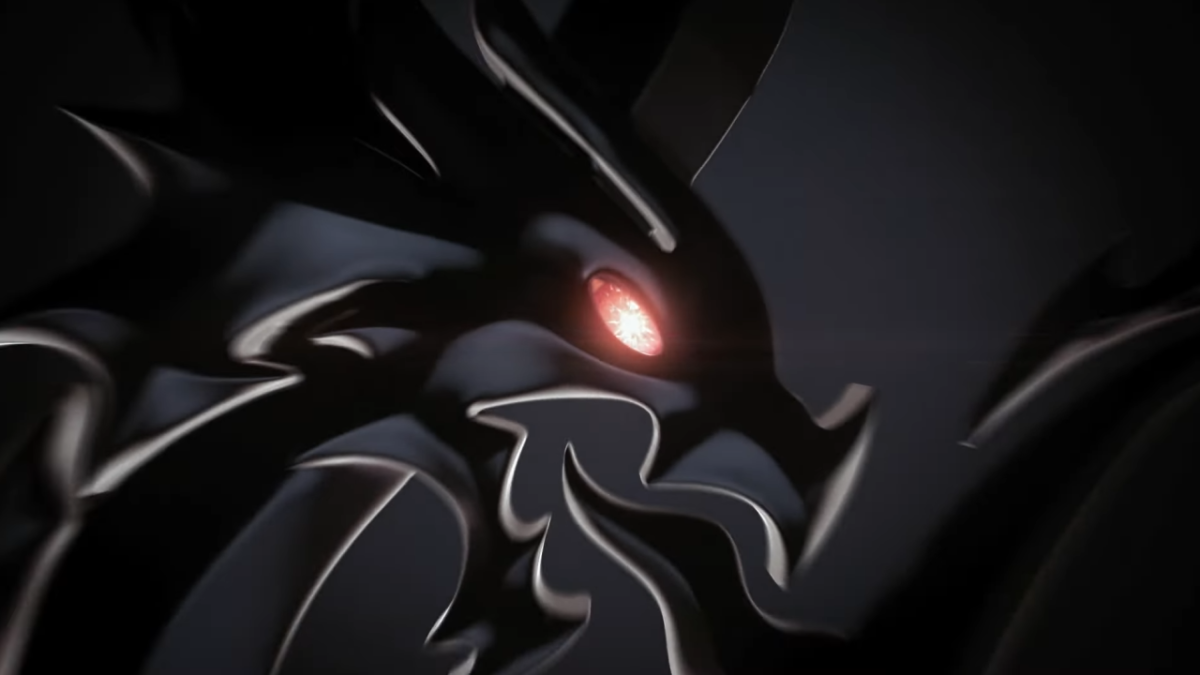

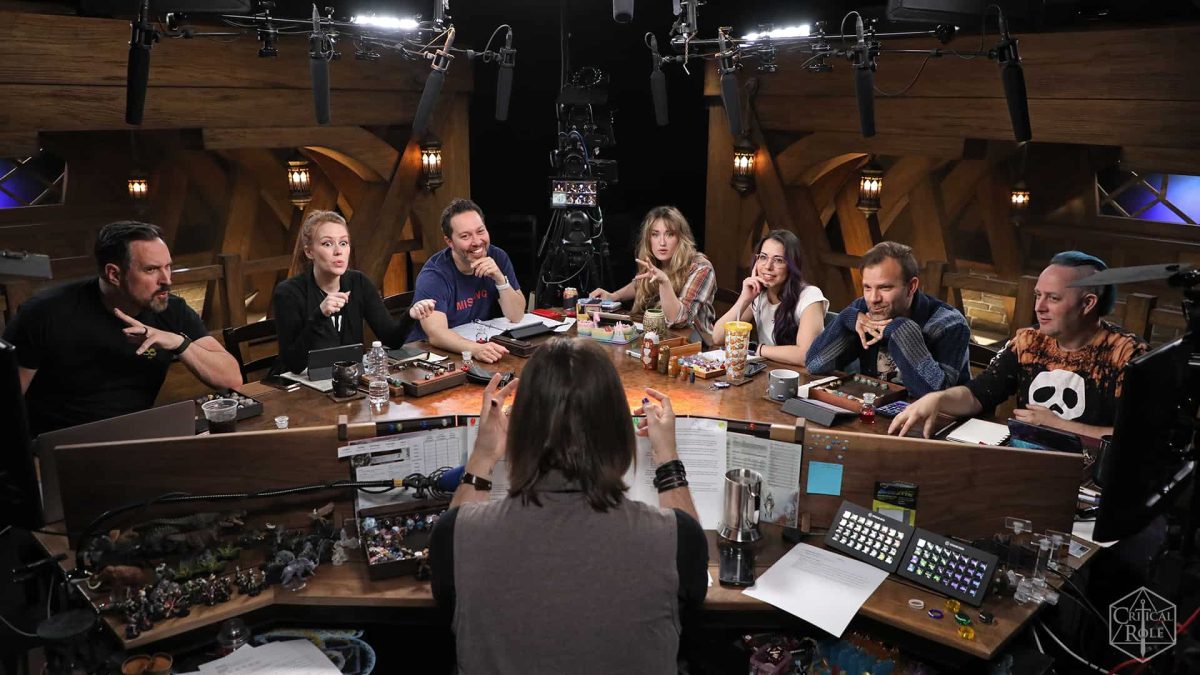
Published: Oct 27, 2023 12:59 am